News & Events in Belarus
Belarusian straw weaving added to UNESCO List of Intangible Cultural Heritage
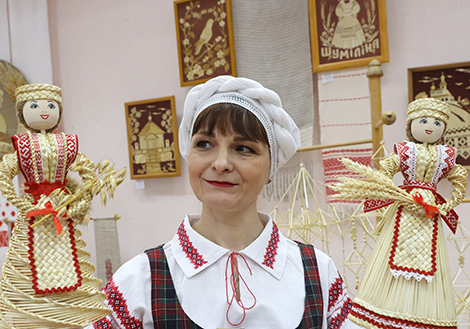
An archive photo
MINSK, 1 December (BelTA) - The Intergovernmental Committee for the Safeguarding of the Intangible Cultural Heritage of UNESCO approved the inclusion of the Belarusian nomination file "Straw weaving of Belarus: Art, craft and skills” into the Representative List of intangible Cultural Heritage of Humanity at its 17th session in Morocco on 1 December, BelTA learned from the Culture Ministry of Belarus.
The meeting was attended by Maria Netsvetayeva, deputy head of the Historical and Cultural Heritage Department at the Culture Ministry of Belarus.
The nomination file was prepared in 2020-2021 with the financial and organizational support of the Culture Ministry of the Republic of Belarus.
Belarusian straw art is unique; it is one of the most nationally distinctive forms reflecting the spiritual values and artistic traditions of Belarusians. In Belarus this craft has found a new lease on life and has become a popular type of modern art. "Belarusian straw" has become a national brand. Artistic products and souvenirs made of straw are unmistakably associated with Belarus, creative abilities and diligence of Belarusians.
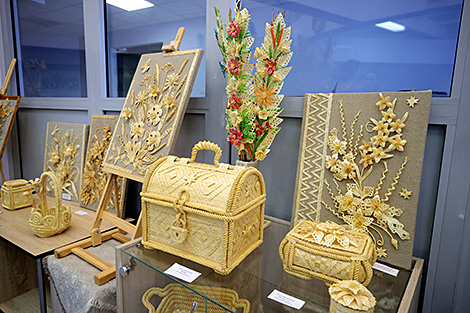
"In Belarus, straw weaving has been practiced for a long time. This craft is more than 1,000 years old. Eastern Slavs began to use straw as a material for weaving at the turn of the II-I millennium BC, at a time of agriculture expansion. This craft traces its origins back to ancient rites associated with the cult of bread and fertility,” the Culture Ministry said.
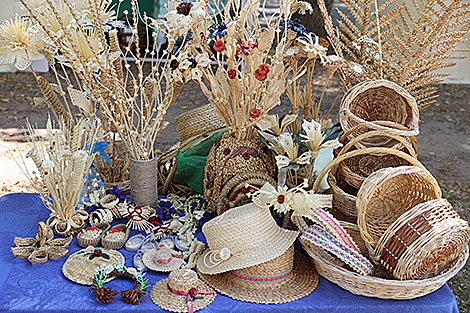
"In the first half of the 20th century, straw weaving was widely used everywhere. Products made of straw were sold in the markets, in demand among both peasants and townspeople as an original interior decoration. Since the 1960s and 1980s, straw weaving in Belarus has acquired a second lease on life,” the Ministry of Culture noted.
Several factors played an important role in the development of modern straw weaving in Belarus. Those were conservation and restoration of unique works of the past - straw tsar’s gate of iconostasis of rural churches in Polesye of the early 19th century, exhibition activities at the regional, republican and all-Union levels.
Belarusian straw weaving reached its heyday by the end of the 20th century, with its character and style changing.
Minsk played host to international straw weaving art festivals in 2003 and 2005.
Straw weaving is an important part of Belarusian culture and art, it reflects the social history of the people, its character, mental and spiritual preferences. The practice has an expressive ecological context. For their purposes, weavers use exclusively natural materials. Long stalks of rye or wheat are cut by hand, with a sickle, in order to preserve their quality and elasticity, as well as their coloristic features.
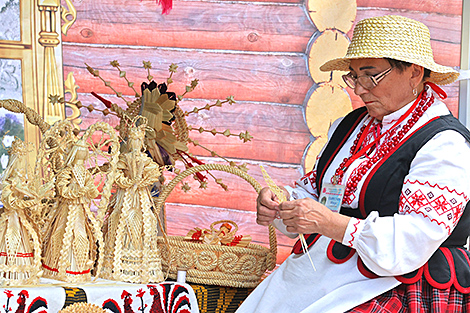
In order to promote the Belarusian heritage at the international level, the Culture Ministry together with the Belarusian University of Culture and Arts prepared a nomination file for the element of intangible historical and cultural heritage “Straw weaving of Belarus: art, craft, and skills” in 2020. In March 2021 it was submitted to the Secretariat of the Convention for the Safeguarding of the Intangible Cultural Heritage.
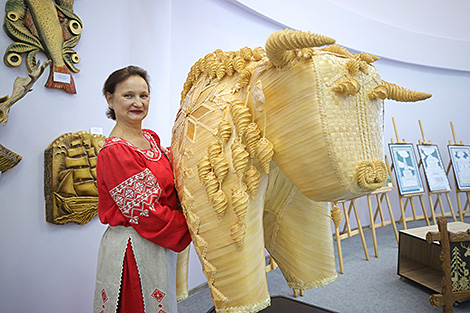
“Straw weaving is an expressive phenomenon of the Belarusian culture, while its preservation and development is one of the priorities of heritage protection. The principles of preservation and creation of conditions for the development and transfer of folk arts and crafts traditions to descendants are defined by the Belarusian Culture Code. The document regulates the activities of craftsmen and craft associations, protects their rights and certain preferences, including tax benefits and various incentives,” the ministry said.
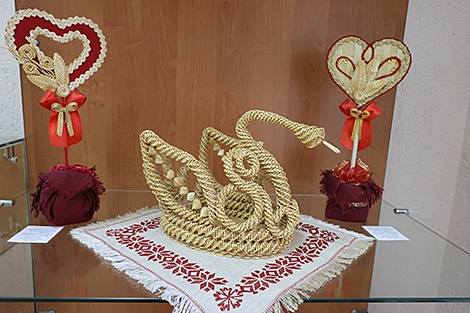
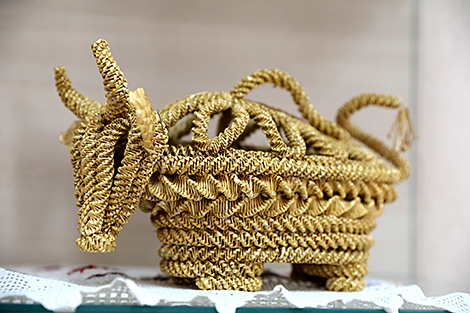
State museums acquire works of straw weavers and form museum collections. The most significant collections of straw products are displayed at the National Art Museum of the Republic of Belarus, the National History Museum of Belarus, the Museum of Old Belarusian Culture, large regional museums.
The National Academy of Sciences of Belarus, departments of ethnology and folklore of the leading universities in the country, as well as regional folklore centers are engaged in the identification, study and promotion of straw weaving.
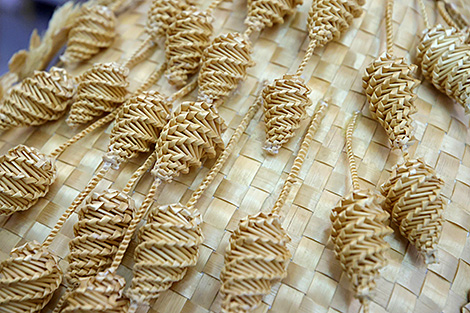
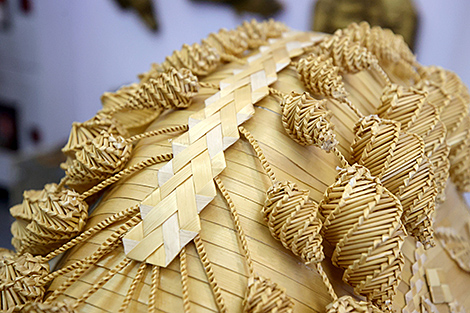
Belarusian straw has become the fifth national element in the UNESCO World Intangible Cultural Heritage lists - along with the Rite of the Kalyady (Christmas) Tsars in the village of Semezhevo, the celebration in honor of the Budslau Icon of the Mother of God (Budslau Fest) in Budslau, Miadel District, Minsk Oblast, the Jurauski Karahod (Yuriyev Round Dance) spring rite in the village of Pogost, Gomel Oblast and the tree beekeeping culture in Lelchitsy District, Gomel Oblast.



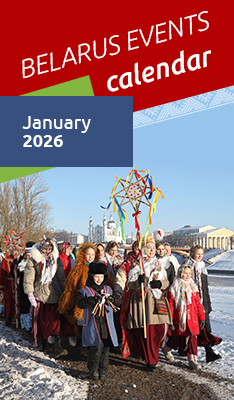




 print version
print version make home page
make home page add to bookmarks
add to bookmarks

